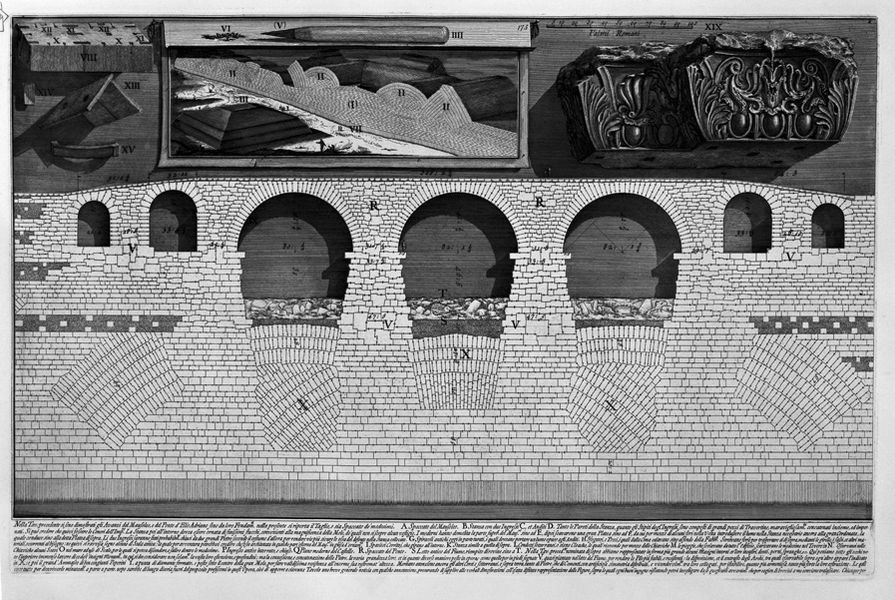What is an architect? What is their purpose, their territory? What are their tools? The accreditation procedures of architecture’s professional bodies tend to answer these questions normatively by pointing to general laws and principles that, if applied with proper judgement, can lead to spatial artefacts that are not only responsive to their functional briefs but also safe, healthy and dignified. Architects have always been, and still are, socially defined by the objects they produce according to certified routines and in reflection of specific ambitions.
Yet as members of a “modern” profession architects have responsibilities that go beyond the technical satisfaction of building clients’ needs and the expression of cultural positions. They also have to manage the collective trust placed on them by definition, which carries the obligation to act on behalf of the community and in support of the common good.
This has to be done not only by providing images that reflect the spirit of the time but also by producing spatial constructs that allow it to be lived in. While both community and common good notions are slippery and always in danger of being manipulated, they must certainly be as inclusive as possible, since the well-being of any community depends not only on built spaces but also on the resources these use or contribute to, on its people, its industry, its culture, its land and its environment.
Hence, anyone with a truly professional investment in architecture should be in a position to apply strategic foresight to issues that can precede or follow individual project development, and concern the environment in which this takes place. Delivering good and appropriate building design, that is, often requires more work on context and repercussions than work on the object.
If so, however, where do we learn the set of analytical, simulation and advisory skills required to tackle the context rather than a spatial program? Is it a matter of personal sensibility and experience, or should this be the subject of a special studio unit at university, an introduction-to-architecture class, a seminar on design criticism?
The sense is that, while all of this may help, the ability to conceive and practice a type of architecture that uses design as a catalyst for something before and beyond the immediate building entails a shift in the definition of professional profiles and education – a shift that allows us to accept, for example, that building development and output are the result of a social and industrial project involving multiples sections and scales of the economy separate from architecture as a technical fine art.
The “plan of work” for this project is necessarily broader than the plan customarily used (e.g. by RIBA) as a benchmark for architectural training and project activities planning. Its components sit across disciplines and university study areas associated with history, economic development, planning, industrial design and policy, social sciences, construction, manufacturing and environmental engineering.
While no curriculum can ever be large enough to accommodate all there is to know, there are ways to facilitate the assimilation of such “profession enabling” knowledge into architectural instruction. Focus on process, as well as on “architecture as” process, is one. After all, what enables us to understand causality and influence in all matters of life is the sequence of steps that make something possible or difficult to achieve. Embedding architectural ambitions within an intellectual trail of enquiry spanning across the entire land of development – territorial as well as industrial and economic – would naturally connect such ambitions to every aspect affecting their enactment, from public policy to urban planning, industrial organization to environmental assessment.
Process, in other words, not only unifies disciplines; it also permits the isolation of those specific factors requiring targeted design action that, in turn, suggest the possibility for, and importance of, an “architecture” of the process.
But this brings us back to square one – the distant relationship between the architecture of the process and the process of architecture as taught in school. Since there is no doubt that any professional training in architecture must cover building composition and science fundamentals (or else there would be no overarching claim to professional expertise), initiation to the architecture of the process cannot replace these components; rather, it should take place around or beside them. This can happen at two levels: institutionally, by recognising both the absurdity of insular programs and the value of academic osmosis and disciplinary dialogue within university campuses; and pedagogically, by occupying what are known as the “integrating” and “positioning” strands of disciplinary curricula. These are instruction spaces outside the hard kernels of science and technology that provide students with the opportunity to understand how their knowledge base relates to other areas of knowledge, and why it is important for their discipline that those connections are made.
Some have said that this is the difference between training and education: the former teaches the “what” and “how” of things, while the latter focuses on the “what” and “why” of actions.
To be true to its charter, and to distinguish itself from a vocation, a profession must engage with both training and education. And while training requires inward focus on the literal tools of the trade, education must look beyond the precinct thus defined, because it is only by rising above the walls of one’s workshop, as it were, that the true limitations or opportunities of that work can be gauged.
One of the great aphorisms defining the architect to this day was written almost 150 years ago, in times of great social and technological upheaval, and at a time when the profession was starting. This often-quoted passage from the writing of Karl Marx reads: “a bee puts to shame many an architect in the construction of her cells. But what distinguishes the worst architect from the best of bees is this, that the architect raises his structure in imagination before he erects it in reality.”
The challenge today may be to realize that the structure to imagine is not just that of the building, but that of the extended place in which we live and work.
This article was orginally published in the October-December 2014 issue of The Architect: The Journal of the Sri Lanka Institute of Architects and is republished here with their consent.
















